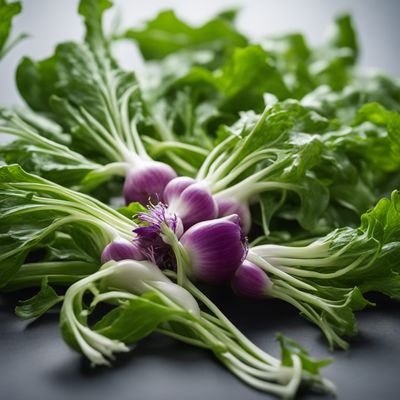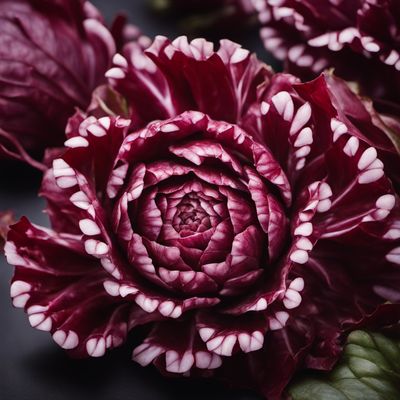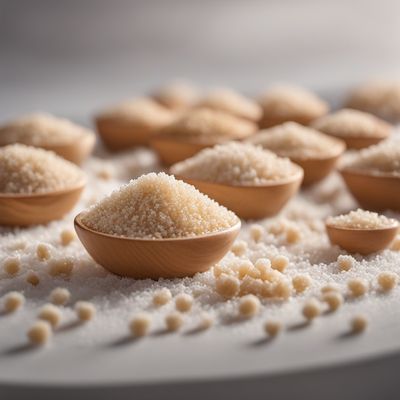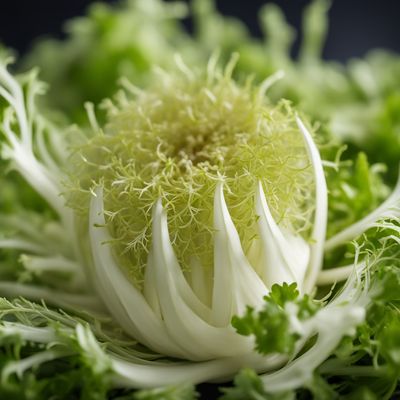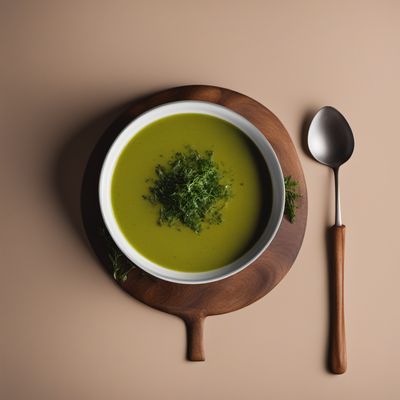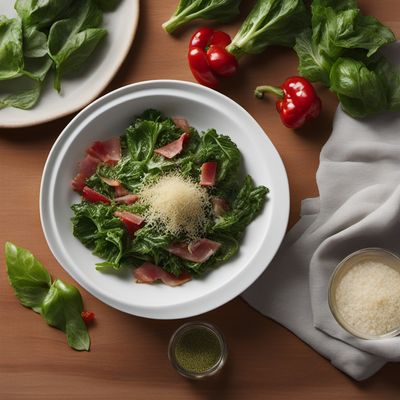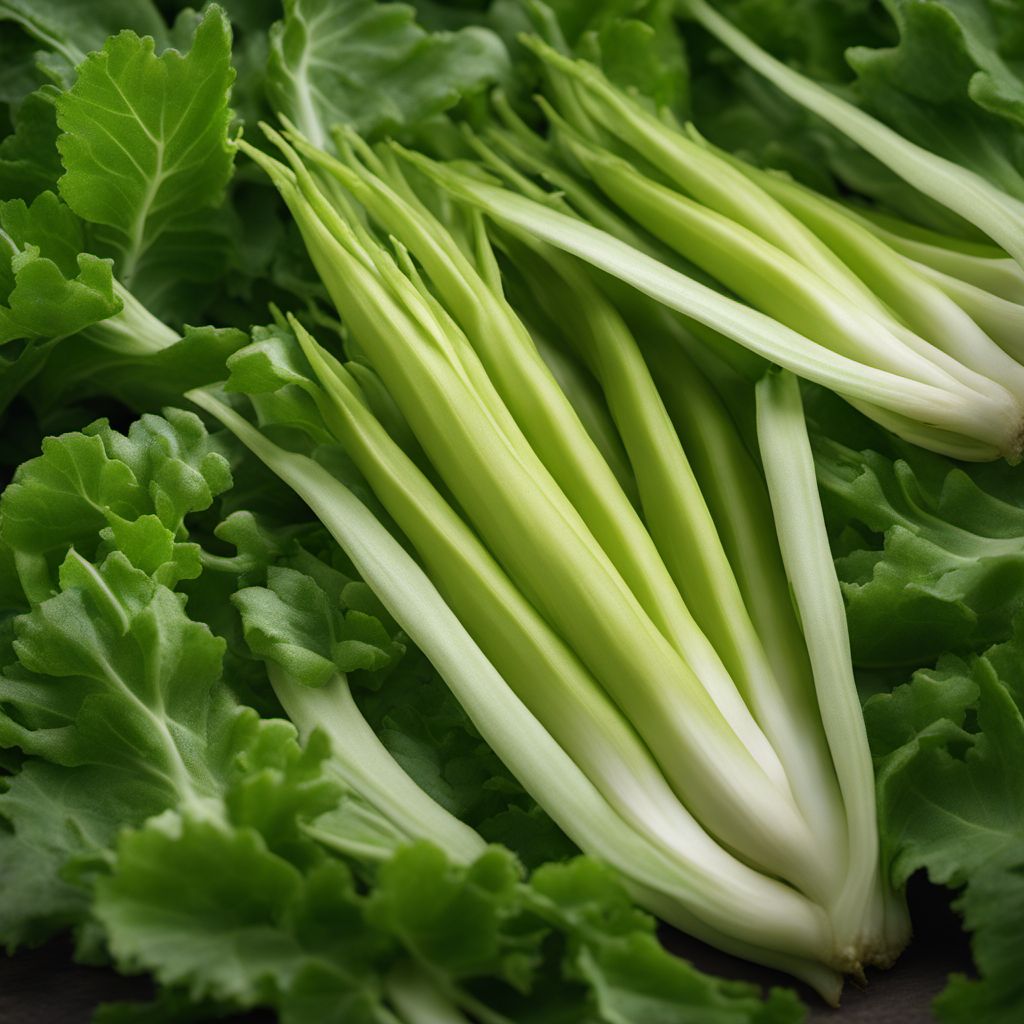
Ingredient
Escaroles
Bitter and Bold: The Versatile Leafy Green
Escaroles are leafy greens with broad, curly leaves and a slightly bitter taste. They have a crisp texture and a refreshing bite, making them a popular choice for salads and raw preparations. When cooked, escaroles mellow out and develop a delicate sweetness. Their vibrant green color adds visual appeal to dishes, making them a favorite among chefs and home cooks alike.
Origins and history
Escaroles have a long history and are believed to have originated in the Mediterranean region. They have been cultivated for centuries and are a staple in many Mediterranean cuisines, including Italian and Greek. Escaroles were highly valued by the ancient Romans and were often used in medicinal preparations. Today, they are enjoyed worldwide for their unique flavor and versatility in cooking.
Nutritional information
Escaroles are low in calories and rich in vitamins A and K. They also provide a good amount of dietary fiber, which aids in digestion. Additionally, escaroles contain antioxidants that help protect the body against oxidative stress and inflammation.
Allergens
Escaroles are generally considered safe to consume and do not pose any known allergenic risks. However, individuals with a sensitivity to other leafy greens, such as lettuce or spinach, may want to exercise caution when trying escaroles for the first time.
How to select
When selecting escaroles, look for heads that are firm and compact, with crisp leaves that are free from wilting or discoloration. Avoid escaroles with yellow or brown spots, as this may indicate age or spoilage. The leaves should have a vibrant green color and a fresh, slightly bitter aroma. If purchasing pre-packaged escaroles, check the expiration date to ensure freshness.
Storage recommendations
To keep escaroles fresh, store them in the refrigerator. Wrap the heads loosely in a damp paper towel or place them in a perforated plastic bag to maintain moisture. Stored properly, escaroles can last for up to a week. Avoid washing the leaves until ready to use, as excess moisture can cause them to wilt.
How to produce
Escaroles can be easily grown in a home garden or container. They thrive in cool weather and can be planted in early spring or late summer. Start by preparing the soil and removing any weeds or debris. Sow the seeds or transplant seedlings, ensuring they are spaced adequately to allow for proper growth. Water the plants regularly and provide them with sufficient sunlight. Harvest the outer leaves as needed, allowing the inner leaves to continue growing.
Preparation tips
Escaroles can be used in a variety of ways in the kitchen. They are commonly used in salads, either as the main ingredient or as a complement to other greens. Their slightly bitter flavor pairs well with citrusy dressings or creamy cheeses. Escaroles can also be cooked by sautéing, braising, or adding them to soups and stews. When cooked, their bitterness mellows out, and they develop a delicate sweetness.
Culinary uses
Escaroles are commonly used in Mediterranean cuisines, particularly in Italian and Greek dishes. They are often featured in salads, such as the classic Italian Caesar salad or the Greek horiatiki salad. Escaroles are also used in soups, such as the Italian wedding soup or the French potage. In addition, they can be sautéed with garlic and olive oil or braised with other vegetables for a flavorful side dish.
Availability
Escaroles are commonly available in regions where Mediterranean cuisine is popular, including Southern Europe, North Africa, and parts of the Middle East. They can also be found in specialty grocery stores or farmers markets in other regions. In some areas, escaroles may be more readily available during the cooler months when they are in season.
